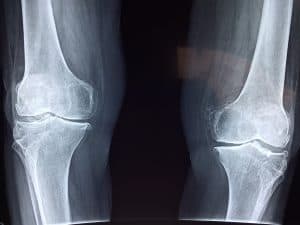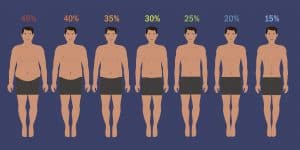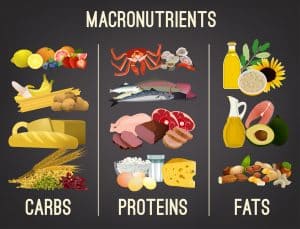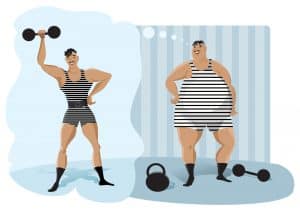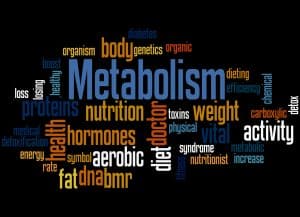Cutting carbs from your diet can be both mentally and physically challenging. Too few carbs can leave you feeling drained and make it harder to build muscle. But by introducing too many carbs, they can just be stored as fat on your waistline. What’s a guy or gal to do?
For high-level nutrition programs, a relatively new solution to this dilemma is a dietary approach known as carb cycling.
- Table of Contents
What Is Carb Cycling?- The Three Days of Carb Cycling!
Let’s start with what carb cycling is not — it’s not a fad diet or flexible diet. It’s not a one-stop plan with strict food regimes you must follow for lean muscle gain without putting on weight. Instead, it’s simply a way of incorporating carbs into your current diet.
As the name suggests, carb cycling involves days of planned increases or lower amounts of carbs throughout your dietary week. There are different types of days which you alternate between, with most plans using at least two of the three categories.
1. High Carb Days
High carb days are where you typically consume 2 to 2.5 grams of carbs for every pound of body weight or 50 percent or more of your calories from carbs. These will usually be your highest caloric days. High carb days are typically used to refuel muscle glycogen and can improve performance while reducing muscle breakdown.
2. Moderate Carb Days
Moderate carb days mean you get approximately 20 percent of your calorie intake from carbs or about 0.5 grams of carbohydrates per pound of your body weight. These will normally be days with the second highest level of calories. Moderate to low carb days will switch your body to a mainly fat-based energy system which can improve the body’s ability to burn fat as fuel.
3. Low Carb Days
Low or no carb days require you to consume less than 50 grams of carbohydrates in total or fewer than 10 percent of your calories from carbs. A low carb day will normally be your lowest calorie day and targeting carbs around your workouts can help improve insulin sensitivity, an important marker of good health.
To sum up, carb cycling aims to time your carbohydrate intake to when the body benefits from it most, and exclude carbs when they are not required. Carb cycling will allow you to include efficient fat burning days and the maximum muscle accumulation on other days each week.
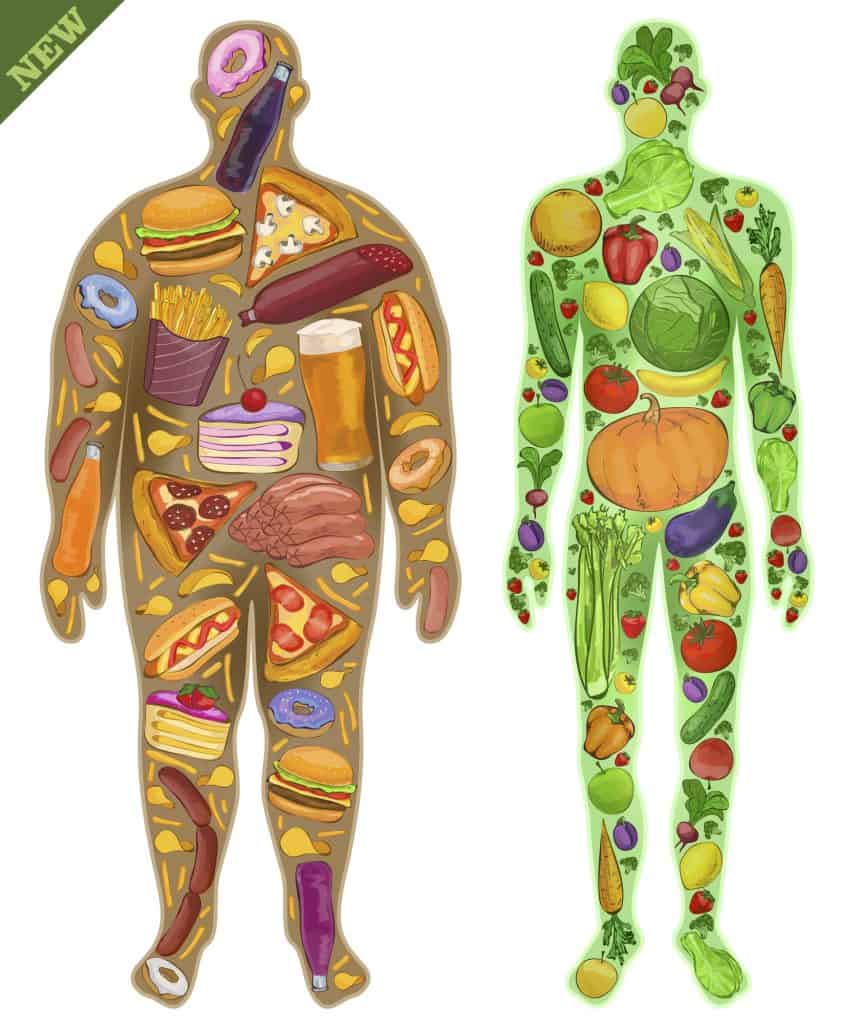
How Does Carb Cycling Work?
Enough about what carb cycling can do for you — how does it work and what’s the science behind it?
Carbs are often referred to as a double-edged sword — we need carbs to fuel our workouts and for muscle growth, but they can also be conducive to fat storage. Carbohydrates create a more anabolic environment in your body. But they also spike insulin levels which feed your body’s fat with glucose to store.
As bodybuilders, we all know we need to consume carbohydrates and produce insulin to develop a muscular physique. However, insulin also has its ugly side. Chronically elevated levels of insulin increase the body’s ability to store body fat as it prevents the release of glucagon and therefore reduces fat mobilization and usage.
Carb cycling, similar to refeed days in concept but different in applications, uses the high carb days to replenish glycogen stores, which can boost the intensity of your training. High carb days will also influence hormones that relate to your muscle protein synthesis and metabolism. As for that pesky insulin, these days will temporarily raise the levels to help boost muscle growth and preserve muscle tissue.
You then use lower calorie and low carb days to maximize your body’s fat burning system. In theory, carb cycling allows us to build muscle while gaining very little or no fat. In the best cases, it will enable us to build muscle while losing fat at the same time., similar to
How Many Days Should Be High Carb or Low Carb?
An early method of carb cycling used by many bodybuilders was to have separate bulking and cutting phases. In the bulking phase, unlike reverse dieting, they would consume plenty of carbohydrates and calories and drop the carbs and calories to a sub-maintenance level when trying to cut the fat, i.e. before a big tournament.
While this method enabled many to gain a considerable size, most would lose a fair amount of their new muscle when intense dieting. That’s not even mentioning the people who have been cursed with bad insulin sensitivity and would gain more fat than muscle when bulking up.
In addition, there were health risks with these extended periods of bulking up followed by intense restriction of calories and carbs. Gaining 20 to 30 pounds and then trying to lose a similar amount can place a lot of stress on the body and often lead to health issues.
Carb cycling instead aims for you to eat for what you have done and eat for what you have to do. Based on the three levels of carbs, higher carbs, moderate carbs, or lower carbs, these days should be split in accordance with your training schedule.
Training Five Times a Week
Choose two of your priority workouts — the ones where you focus on the group of muscles you want to improve the most. On these workout days, you should be following the higher carb meal plans.
Secondary workouts are the days when you should choose a moderate carb intake. On the day of the remaining workout or your “off days”, you consume a lower level of carbohydrates to burn more fat.
Training Four Times a Week
Again, choose two priority workouts and plan your higher carb days around these. On the other two workout days aim to consume a moderate amount of carbohydrates. On your three off days, you follow the lower carb day meal plans, maybe even incorporating a no carb day.
Training Three Times a Week
Of your three workouts, decide which are the two “priority” sessions and accordingly make these higher carb days. The third workout should be a moderate carb day, out of the four remaining days, your “off” days, you should still include one as a moderate carb day.
Too many low carb days and you may start to lose some of the muscle you have gained during the week. In the past, some people have followed cyclical ketogenic diets where they would deprive themselves of carbs for four or five days a week followed by a couple of days of loading up on carbs.
While effective at promoting fat loss, by the third day, your body may be largely in a severe catabolic state, which wouldn’t allow for maximum muscle growth. Loading days may have had an anabolic rebound effect, but not enough to compensate for the carb deprivation days. It could prevent muscle loss, but not promote maximum muscle gains.
Metabolic Rate
It’s all very well saying higher carb, higher calorie days and moderate or low carbs, but how do you know what is high carb? Different people, whether it’s by gender, age, or weight will require different levels of carbs and calories. This is where your BMR or basal metabolic rate comes into play.
Once you have decided on your aims and goals, you will need to work out your daily food intake which is appropriate. We do this by working out what the daily energy expenditure (or maintenance calories) used by your body is when performing no activity all day.
Using this figure, you can set intake of calories and nutrients depending on various types of days, i.e. workout or “rest” days.
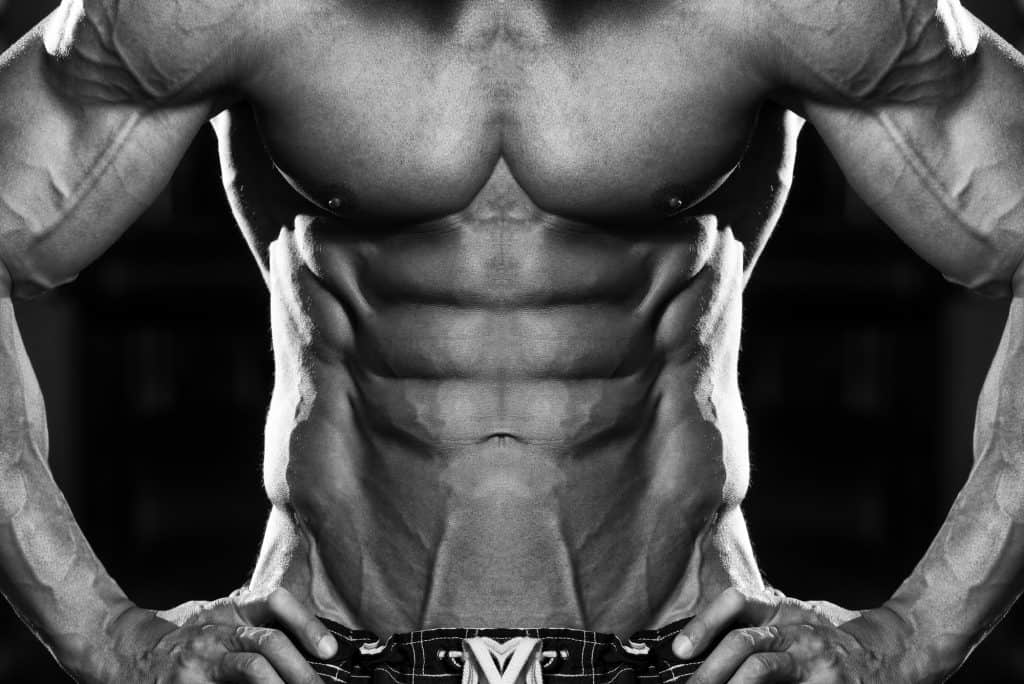
Carb Cycling for Weight Loss
Carb cycling can be a fast and effective way of losing weight without depriving your body of the energy or nutrition it needs. The theory is that carb cycling allows you to maintain a peak physical performance while also offering the benefits of a low-carb diet.
Any diet that features fewer calories over longer periods of time can result in significant weight loss. By implementing a calorie deficit alongside a carb cycling regime, you will more than likely lose weight.
In addition, research has shown the strategic use of high carb periods can improve the function of appetite and weight-regulating hormones like leptin and ghrelin. It’s a win-win situation, with lower carb days switching the body to a fat burning energy system, and the high carb days providing energy and speeding up your metabolism.
How to Carb Cycle for Weight Loss
When carb cycling for weight loss, you should eat low amounts of carbs for two days then follow with a day of high carbs. When the stored carbs in your body are about to be used up, a higher carb intake day can boost your energy levels and make your metabolism faster for greater fat loss.
The two days of lower carb consumption encourages your body to use stored fat for energy. Two days is just long enough to prevent your body from going into a catabolic state where it uses energy from muscle tissue and the protein found in the muscles.
Below is a sample menu of a low carb day which gives your body all the essential nutrients it requires. We have included a high carb day you could use in the section below on carb cycling for muscle building.
A Low Carb Day Meal Plan Example
Meal 1
2 large grilled tomatoes, 2 eggs (poached) and 2 large portobello mushrooms.
Meal 2
Natural yogurt (150 g) with 1 peach and 1 orange.
Meal 3
1 wholemeal pitta bread, spread inside with peanut butter. Add sliced avocado (½ an avocado), cottage cheese, cucumber and tomato slices, and chopped lettuce.
Meal 4
Mixed pumpkin and sunflower seeds, about a handful, and an apple.
Meal 5
Mixed vegetables topped with poached salmon steak. In a wok, place 1 sliced zucchini, 200 g of cherry tomatoes (whole), and a handful of sugar snap peas. Top with a salmon steak and some fresh coriander before covering the vegetables with water. Bring to the boil before reducing to a simmer, cover, and allow the fish and vegetables to steam through.
Meal 6
2 oatcakes.
Remember you still have to track your calories and macros when following a carb cycling plan if you want the best results. You should aim for a 25 percent deficit on the low carb days of your total daily energy expenditure and a 10 percent deficit on high carb days.

Carb Cycling for Building Muscle
If you want to build muscle while carb cycling or even maintain your current physique, you need to make a few changes to the way you eat and your macros and calories. Unlike the carb cycling for weight loss, you should employ a 4:3 ratio of higher carb days to low carb days.
Low carb days can help reduce your body’s level of water retention, which can make you look much leaner. High carb days help with energy for training and muscle building or retention. You can also eat more protein and fat on low carb days if you want which can make it easier to stick to.
Low carb and high carb days don’t have to be consecutive like with weight loss, instead plan them around your training sessions.
If training in the evening, it is recommended that you schedule your high carb days to fall on the same day. If training in the morning, a high carb day preceding a session will allow for more time for levels of muscle glycogen to rise for a positive impact on your workout.
If you want to maximize muscle growth, you should aim to eat about 10 percent more than your total daily energy expenditure we discussed earlier. If you are maintaining, you should set your intake to 100 percent of the TDEE.
On high carb days, you should be aiming to get 50 percent of your calories from carbs, and only 25 percent on low carb days. Your protein intake should remain constant at 1 gram of protein per pound of body weight, but the rest of your calories you can get from fat.
With carb cycling for muscle building, it’s the high carb days which are most important. Once you have worked out all your numbers, you just have to create a suitable meal plan and make sure you stick to it. Here are some of our favorite high carb foods when setting up a meal plan.
Samples of High Carb Vegetables
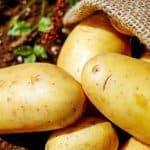
Potatoes:
17 grams of carbohydrates in 100 grams of potatoes.
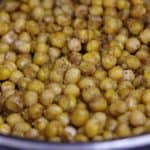
Chickpeas:
61 grams of carbohydrates in 100 grams of chickpeas.

Parsnips:
18 grams of carbohydrates in 100 grams of parsnips.

Corn:
21 grams of carbohydrates in 100 grams of corn.

Pumpkin:
4.4 grams per medium sized apple

Sweet Potatoes:
20 grams of carbohydrates in 100 grams of sweet potatoes.
Samples of High Carb Fruits

Bananas:
20 grams of carbohydrates in 100 grams of bananas.

Grapes:
17 grams of carbohydrates in 100 grams of grapes.
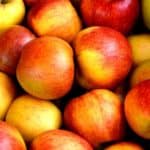
Apples:
14 grams of carbohydrates in 100 grams of apples.
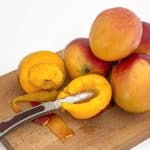
Mangoes:
15 grams of carbohydrates in 100 grams of mangoes.

Blueberries:
14 grams of carbohydrates in 100 grams of blueberries.

Wholegrain Bread:
41 grams of carbohydrates in 100 grams of wholegrain bread (12 grams per 1 slice).
Samples of High Carb Grains
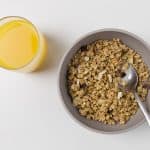
Oats:
12 grams of carbohydrates in 100 grams of oats.
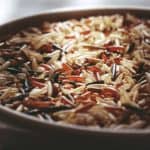
Brown Rice:
12 grams of carbohydrates in 100 grams of brown rice.

Barley:
73 grams of carbohydrates in 100 grams of barley.
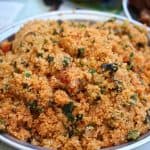
Bulgur:
76 grams of carbohydrates in 100 grams of bulgur wheat.
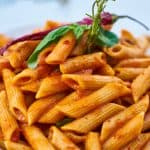
Pasta:
25 grams of carbohydrates in 100 grams of pasta.
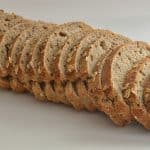
Cherries:
12 grams of carbohydrates in 100 grams of cherries.
A Higher Carb Day Meal Plan Example
Meal 1
60 g of oats cooked in water, with 200 g of summer berries (frozen) added towards the end of the cooking and stirred until hot. This can be accompanied by 1 tbsp sunflower seed and a pot of natural yogurt.
Meal 2
1 banana.
Meal 3
A baked potato with hummus (1 tbsp), sliced cucumber and tomato, a mixture of salad leaves, a sliced red pepper, plus 1 peach.
Meal 4
One no sugar added natural muesli bar. Sliced apple.
Meal 5
1 large fillet of cod, brushed with a small amount of olive oil, grilled for approximately 10 minutes. Boil 250 g new potatoes, steam a 100 g of carrots, add garden peas. Garnish with fresh coriander.
Meal 6
3 oatcakes.
Takeaway
Many people argue that carb cycling can favor long-term results as it is relatively easy to follow compared to more restrictive diet plans like keto. Although less restrictive than many diets, carb cycling, however, does require meticulous meal planning and can be both mentally and physically taxing.
Unfortunately, the idea that carbs alone are conducive to greater fat storage is false. Dietary factors like the number of calories you eat and how much protein you consume also play a part. However, if you prefer to eat more fat or protein while cutting or bulking up on some days of your week, carb cycling can help you better stick to your diet.


